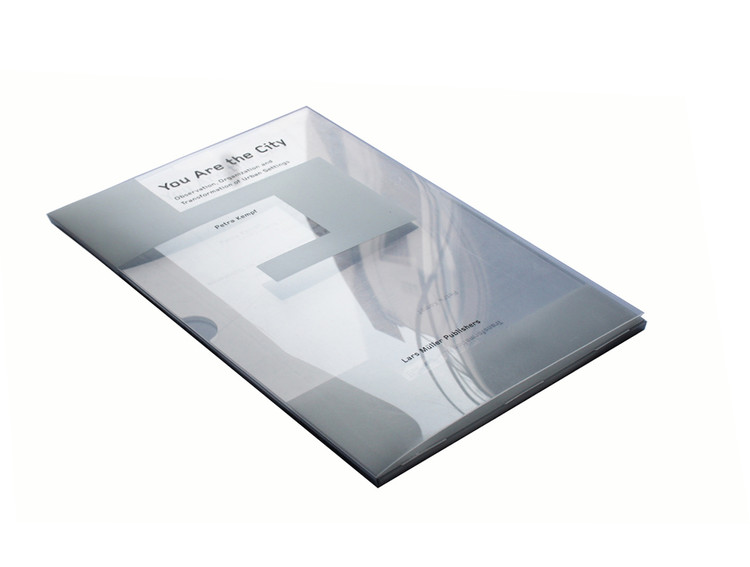
Observation, organization, and transformation of urban settings.
“Although we will never fully comprehend the entire complexity of a city in one moment, we can understand the urban construct through the interaction of its parts”
The people from Lars Muller Publishers always keep in surprising us with their creations. In this case we are talking about a kind of book… which is not really a book but a series of transparent sheets which allow us to perceive the urban phenomena by isolating and superimposing individual components in order to have a personal interpretation of what the city is (that’s the reason of the title).


